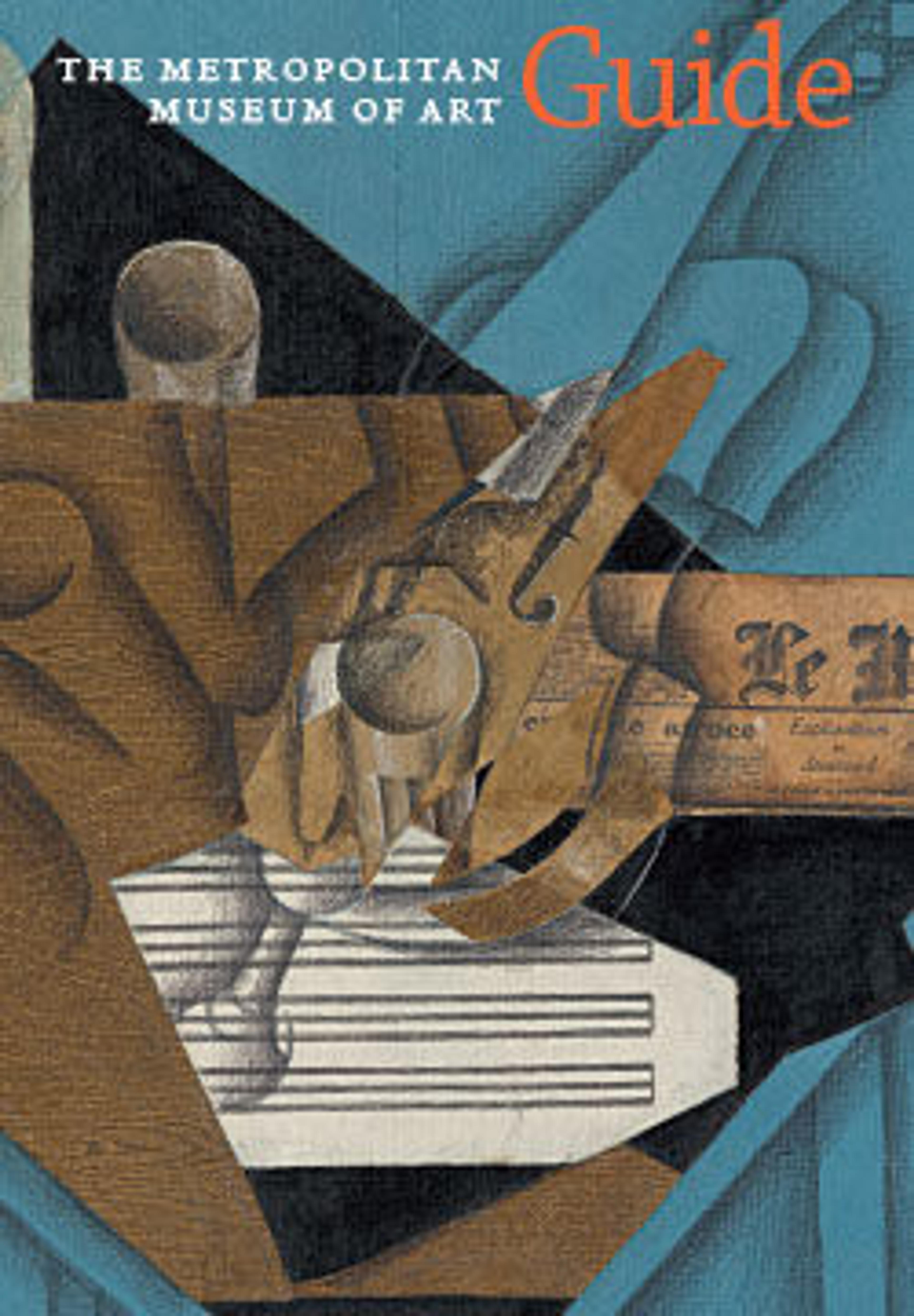English
Fragmentary Loom Width with Wavy-Vine Pattern
Spectacular, large‑pattern silks were favored materials for luxury garments among the courtly elite of sixteenth-century Istanbul, and were often used for the bold, richly colored caftans of the Ottoman sultans. The weave here, referred to in Turkish as kemha, incorporates metal‑wrapped thread into a lampas, or multiweave fabric. Ottoman kemha fabrics typically combine a satin ground with a design executed in twill and highlighted with gold. Catching the light, their glittering patterns appear to float above a shimmering background.
Artwork Details
- Title:Fragmentary Loom Width with Wavy-Vine Pattern
- Date:ca. 1565–80
- Geography:Attributed to Turkey, probably Istanbul
- Medium:Silk, metal wrapped thread; lampas (kemha)
- Dimensions:Textile: L. 48 in. (121.9 cm)
W. 26 1/2 in. (67.3 cm)
Mount: L. 53 1/4 in. (135.3 cm)
W. 32 in. (81.3 cm)
D. 1 in. (2.5 cm) - Classification:Textiles
- Credit Line:Purchase, Joseph Pulitzer Bequest, 1952
- Object Number:52.20.21
- Curatorial Department: Islamic Art
More Artwork
Research Resources
The Met provides unparalleled resources for research and welcomes an international community of students and scholars. The Met's Open Access API is where creators and researchers can connect to the The Met collection. Open Access data and public domain images are available for unrestricted commercial and noncommercial use without permission or fee.
To request images under copyright and other restrictions, please use this Image Request form.
Feedback
We continue to research and examine historical and cultural context for objects in The Met collection. If you have comments or questions about this object record, please contact us using the form below. The Museum looks forward to receiving your comments.
